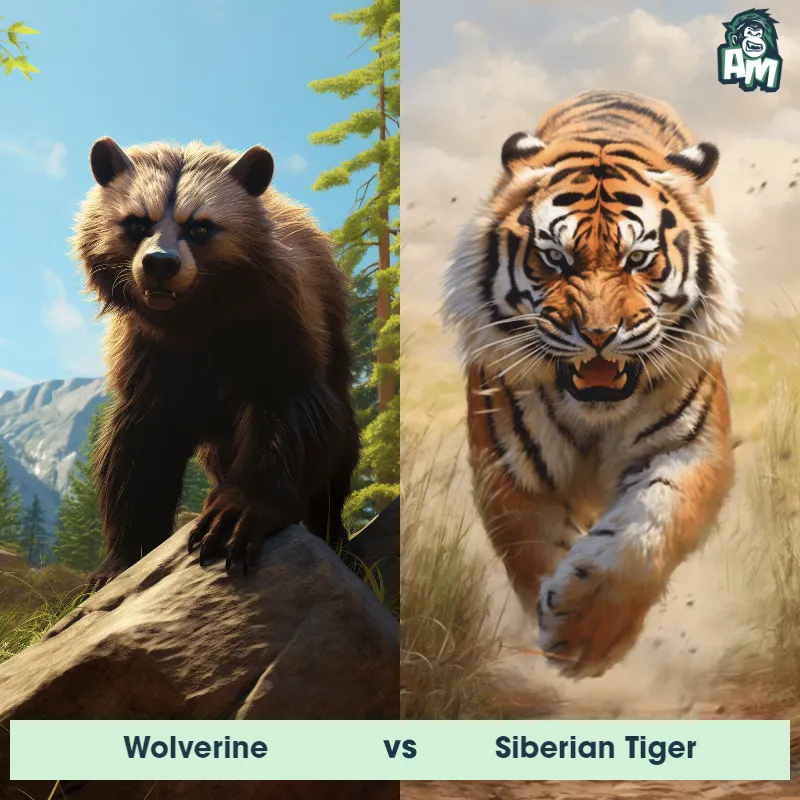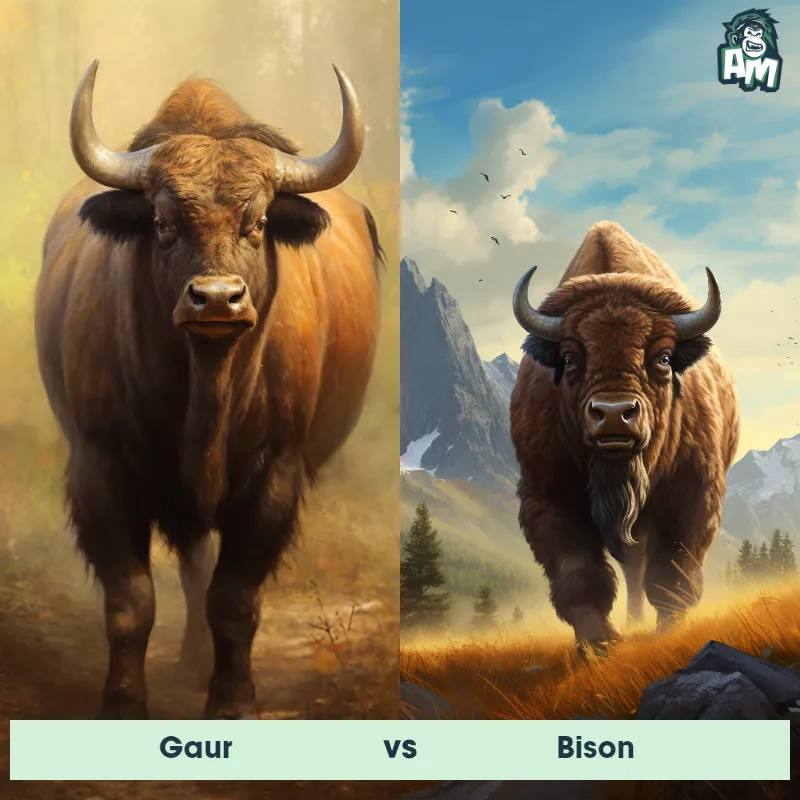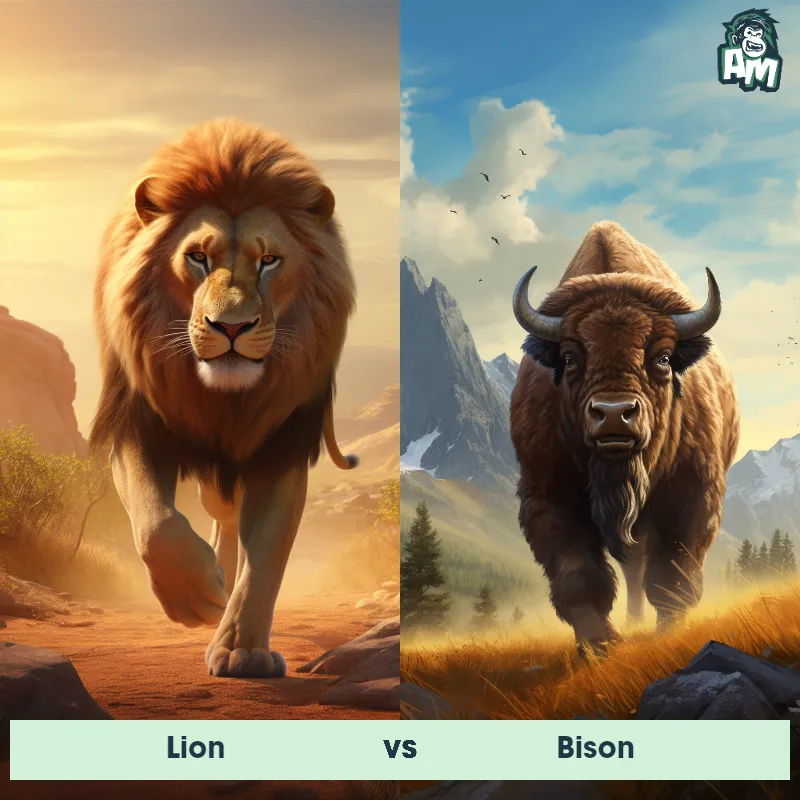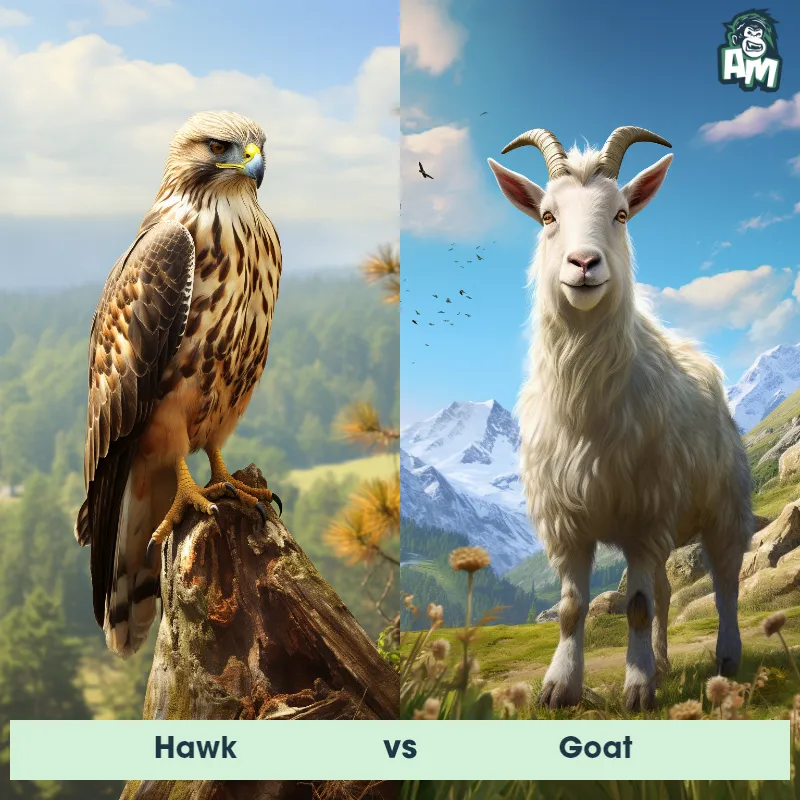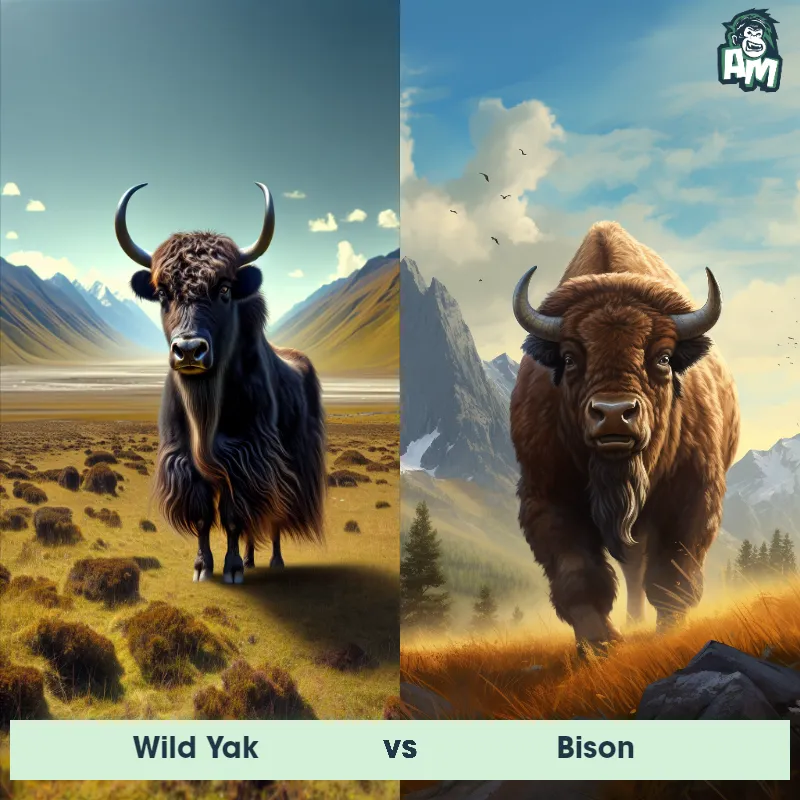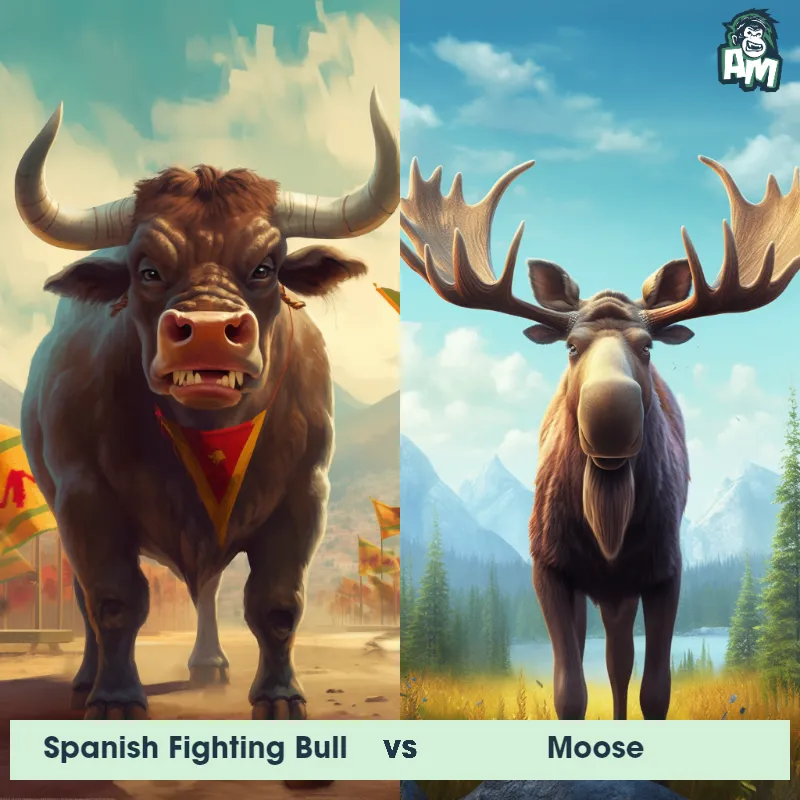Bengal Tiger vs RamSee Who Wins
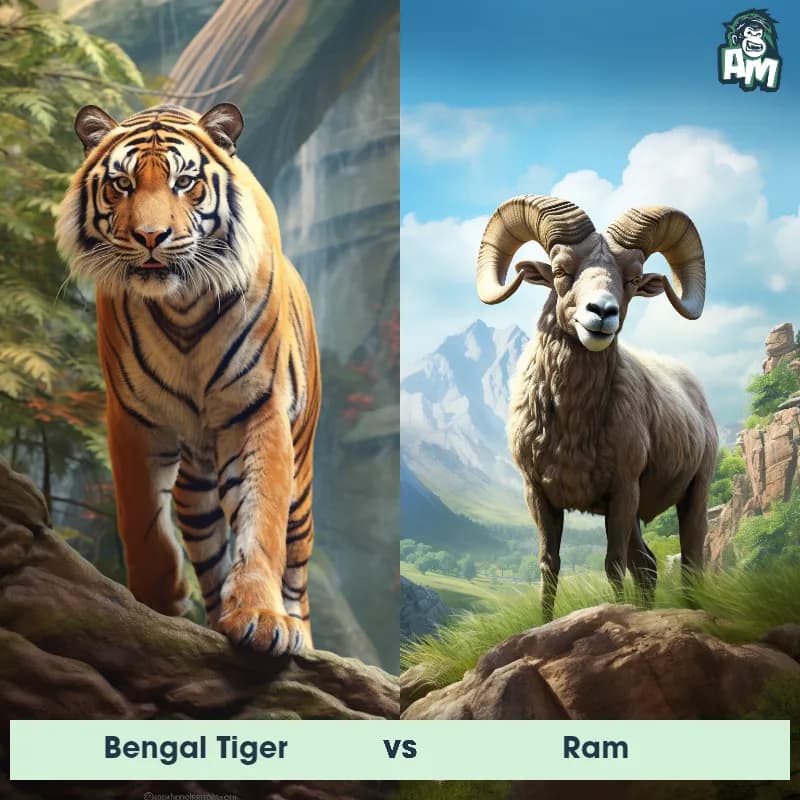
Ladies and gentlemen, welcome to this exhilarating matchup between two titans of the animal kingdom! In one corner, we have the ferocious Bengal Tiger, known for its strength and agility. And in the opposite corner, we have the formidable Ram, famous for its sharp horns and resilience. Get ready for a clash of nature's finest, folks!
Contender 1: Bengal Tiger
The Bengal Tiger, also known as the Royal Bengal Tiger, is a large and powerful carnivorous mammal native to the Indian subcontinent. They are known for their distinctive orange coat with black stripes, which helps them blend into their forest habitat. Bengal Tigers are apex predators and can weigh up to 500 pounds, with males being larger than females. They are solitary animals and are known for their strength, agility, and stealth.
Fun Fact: Bengal Tigers are excellent swimmers and are known to swim up to three miles at a time to hunt for prey.
Contender 2: Ram
The Ram, a male sheep, is characterized by its robust body, thick fleece, and most notably, its large, curling horns which can weigh up to 30 pounds in some species. With a sturdy build and size varying by breed, rams are easily distinguishable from ewes (female sheep). They inhabit a variety of environments around the world, from mountainous terrains to flat plains, demonstrating remarkable adaptability.
Fun Fact: Rams use their iconic horns for fighting, where they charge and butt heads with other males to establish dominance or win a mate during the breeding season, known as rutting.
Matchup Stats
| Bengal Tiger | Ram | |
|---|---|---|
| Size | 3-3.5 feet (0.9-1.1 meters) at the shoulder | 2.5-3 feet tall at the shoulder (0.75-0.9 meters) |
| Weight | Up to 500 pounds (227 kilograms) | 150-300 pounds (68-136 kilograms) |
| Speed | Speed: 35 mph (56.33 km/hr) | 40mph (65km/h) |
| Key Strength | Powerful jaws and sharp claws | Large, curling horns used for head-butting |
| Biggest Weakness | Vulnerable to attacks on the neck and back | Limited agility due to heavy horns and robust body |
Current Votes
Bengal Tiger vs Ram
See Who Wins
View More Matches
Looking For More?
Similar Matches
Scientific Stats
| Bengal Tiger | Ram | |
|---|---|---|
| Scientific Name | Panthera tigris tigris | Ovis aries |
| Family | Felidae | Bovidae |
| Habitat | Forests, grasslands, and wetlands | Mountainous terrains, flat plains |
| Geography | Indian subcontinent, including India, Bangladesh, Bhutan, and Nepal | Worldwide |
| Diet | Carnivorous, primarily deer and wild boar | Herbivore, primarily grasses |
| Lifespan | 10 years - 16 years | 10 years - 15 years |
Key Differences between Bengal Tiger and Ram
- Habitat: Bengal Tigers primarily inhabit dense tropical and subtropical forests, as well as grasslands, while Rams are often found in mountainous and rocky regions, adapting to various elevations and terrains.
- Body shape: Tigers have a muscular, elongated body with powerful legs and a long tail, which aids in balance and agility. In contrast, Rams have a stocky body with four sturdy legs meant for climbing and jumping.
- Coloration: The Bengal Tiger displays a distinct orange coat with black stripes, providing excellent camouflage in forest habitats, whereas Rams exhibit a solid brown or white coat.
- Facial features: The Bengal Tiger has a prominent snout, cat-like eyes, and elongated canine teeth, while Ram's facial structure resembles that of a sheep, with rounded ears and a shorter snout.
- Size: The Bengal Tiger is significantly larger than the Ram, with adult tigers weighing between 200-600 pounds, while Rams weigh around 120-300 pounds.
- Horns/Antlers: Rams possess large, curved horns that curl backwards, whereas the Bengal Tiger does not have horns or antlers.





